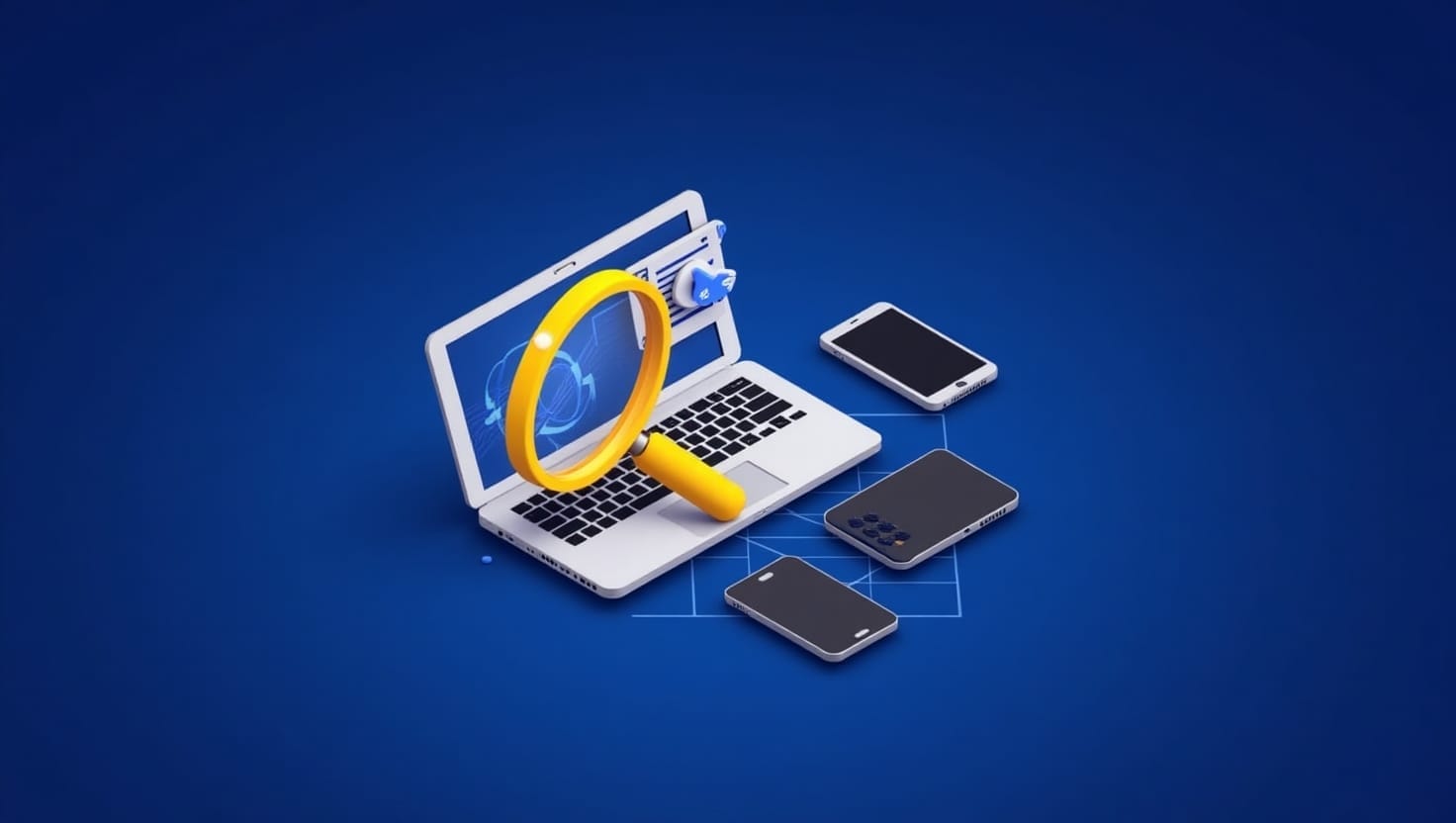Competitive Intelligence 101 for SMEs & Startups: Key Concepts & How to Get Started

For SMEs and startups, staying ahead of competitors isn’t just optional—it’s survival. But with limited resources, how do you keep up? Let’s break down essential competitive intelligence (CI) concepts and how tools like RivalSense simplify the process for lean teams.
Why Competitive Intelligence Matters
Competitive intelligence is the process of gathering, analyzing, and acting on data about rivals to make strategic decisions. For startups and SMEs, it’s critical for:
- Avoiding surprises (e.g., sudden price cuts or product launches).
- Spotting opportunities (gaps in competitors’ offerings).
- Optimizing budgets by focusing on high-impact moves.
Key Concepts Explained
Competitor Insight & Tracking
- What it is: Monitoring competitors’ activities (e.g., pricing changes, job postings, social media).
- Why it matters: Helps you anticipate threats and replicate successes.
- Tool example: RivalSense automates tracking across 80+ sources (websites, LinkedIn, job boards) and sends weekly briefings via Slack/email.
Competitive Audits & Matrices
- Competitor Website Audit: Analyzing rivals’ SEO, UX, or content gaps.
- Competitive Matrix: A grid comparing features, pricing, or strengths (e.g., Why RivalSense? It flags changes to competitor websites instantly).
Primary vs. Secondary Market Research
- Primary: Direct data (surveys, interviews). Costly but specific.
- Secondary: Existing data (reports, earnings calls). Faster but less tailored.
- RivalSense bridges the gap: Delivers curated secondary data (e.g., pricing trends) with actionable insights.
Pharma Competitive Intelligence
- Tracks clinical trials, regulatory filings, and drug pipelines.
- For non-pharma startups: Similar principles apply—monitor patents, partnerships, or hiring in R&D.
CI Frameworks & Strategies
- Competitive Intelligence Framework: A structured plan (e.g., define goals → collect data → analyze → act).
- RivalSense’s role: Automates the “collect and analyze” steps, letting you focus on strategy.
Why Traditional CI Tools Fail SMEs
Enterprise platforms like AlphaSense or Crayon offer depth but come with:
- Complex interfaces (steep learning curves).
- High costs (custom pricing, often $10K+/year).
- Overwhelming data (SMEs need curated insights, not noise).
RivalSense: Affordable, Automated CI for Lean Teams
Here’s how RivalSense solves SME pain points:
- Competitor Tracking on Autopilot
- Monitors competitors’ websites, social media, and job boards.
- Alerts you to critical moves (e.g., “Competitor X slashed prices by 20%”).
- Competitive Matrix Made Easy
- Generates simple comparisons of features, pricing, or marketing tactics.
- Pharma & Beyond
- Track hiring trends for R&D roles or clinical trial updates (even outside pharma).
- Plug-and-Play Pricing
- Plans start at $44.99/month (Basic tier) with no hidden fees.
Getting Started in 3 Steps
- Define Your CI Goals: Focus on 2-3 competitors and 1-2 metrics (e.g., pricing, product updates).
- Set Up RivalSense: Track competitors in minutes—no IT team required.
- Act Fast: Use automated battlecards or Slack alerts to counter rivals’ moves.
The Bottom Line
For SMEs and startups, competitive intelligence isn’t about outspending rivals—it’s about working smarter. Tools like RivalSense democratize access to CI, turning fragmented data into actionable strategies. By automating tracking and simplifying analysis, you can focus on growing your business—not drowning in data.
Ready to start? Explore RivalSense’s free trial and turn competitor insights into your secret weapon. 🚀
